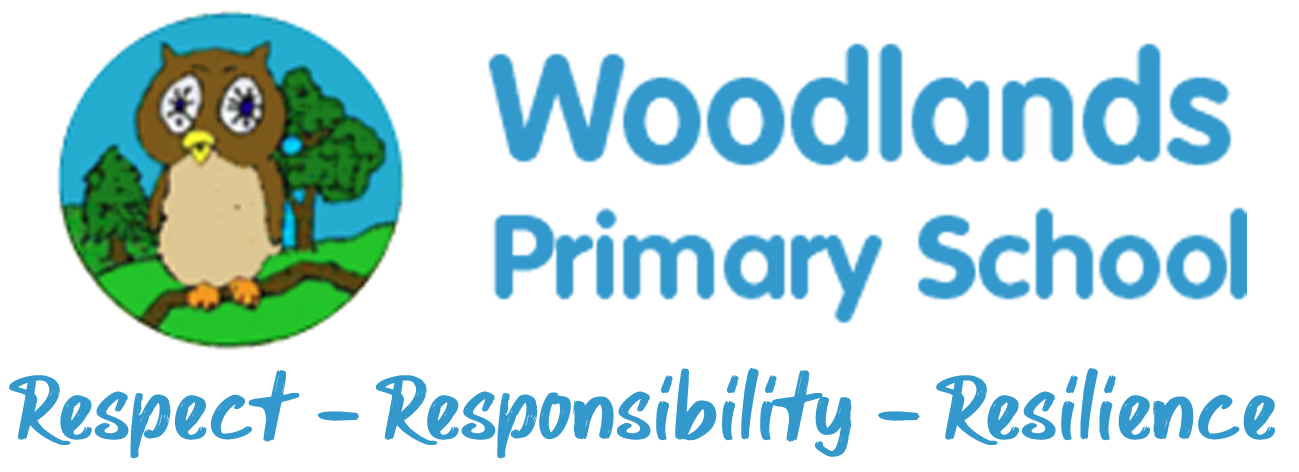Design and Technology
Intent
At Woodlands, we have designed a Design and Technology curriculum that gives children the knowledge and skills they need for secondary school and beyond. Central to this we aim for pupils to use their creativity and imagination to design and make products that solve real and relevant problems within a variety of contexts. It also includes the technical knowledge and expertise needed to participate in an increasingly technological world. The scheme matched the content and ambition of the National Curriculum drawing on disciplines such as Math, Science, and Art and Design.
The curriculum is sequenced so that the new knowledge and skills build on what has been taught before and enable pupils to reach those clearly defined end points. The curriculum has been adapted to provide opportunities to develop vocabulary and a critical understanding of the design, making and evaluation process. In addition to the designing and making elements all children including vulnerable pupils and those with SEND are taught the value of cooking and healthy eating; crucial skills for later life.
Implementation
All teaching of DT follows the design, make and evaluate cycle. Each stage is rooted in technical knowledge. The design process is rooted in real life, relevant contexts to give meaning to learning. While making, children are given choice and a range of tools to choose freely from. To evaluate, children can check their own products against a design criteria. Each of these steps is rooted in technical knowledge and vocabulary. Food and Nutrition is a key aspect of DT and is taught every year. Children are taught to evaluate existing foods, appreciate multicultural foods and develop their ideas against a criterion whilst upholding strict health and safety procedures. DT is taught to a high standard, where each of the stages should be given equal weight. There will be evidence in each of these stages in the DT floor books, which will also develop to show clear progression across the key stages as they are passed up through each year group.
Impact
Assessment of children's learning in Design Technology is an ongoing monitoring of children's understanding, knowledge and skills by the class teacher, throughout lessons. This assessment is then used to inform differentiation, support and challenge required by the children. Summative assessment is conducted termly by class teachers across each year group of the school to inform the subject leader of progress or skills and knowledge still to be embedded. Design Technology is also monitored by the subject leader throughout the year in the form of book monitoring, looking at outcomes and pupil interviews to discuss their learning and understanding and establish the impact of the teaching taking place.
We have a robust assessment system in place for design and technology. Teachers assess against the end points but also work with their year group partner to evaluate the unit of work. Next steps are identified and adaptations for future teaching are made, thus completing the assessment cycle. Subject Leaders then analyse these evaluations as part of their monitoring.
